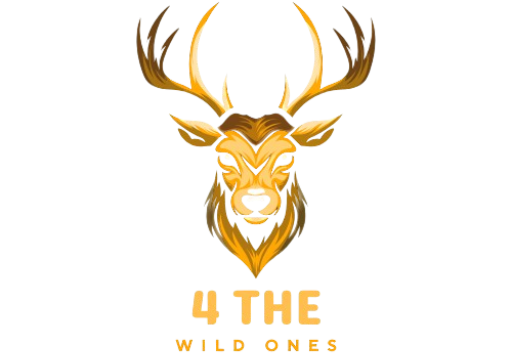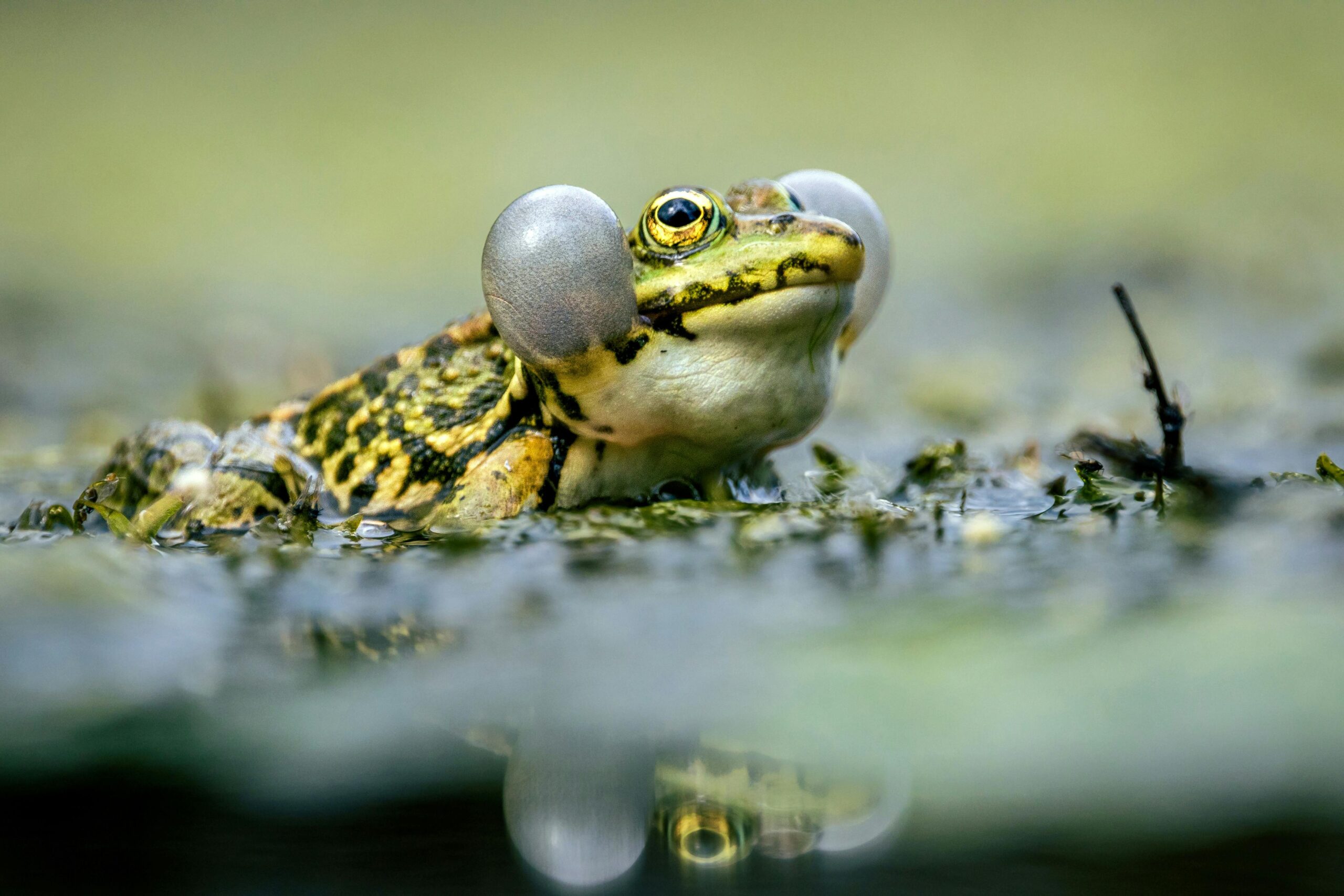Undercover Animal Communication: HIDDEN Ways Animals Interact Without Words
I used to think animal communication was basic, until I almost got bitten by my neighbor’s dog. Turns out, the dog was trying to warn me the whole time to stay away! Welcome to the world of undercover animal communication, where every sound, gesture, and movement carries meaning far beyond what we usually perceive.
In this article, you’ll uncover the secrets of how animals communicate in ways that often escape human notice. From silent signals to chemical messages, let’s explore the fascinating ways creatures of all kinds converse.
The Language of Silence in Animal Communication
While we often associate communication with sound, many species rely on body language and silent cues. Take the eastern gray squirrel, for example. It uses a complex system of tail flicks and body postures to signal danger, mark territorial boundaries, and even express interest in a mate. This silent form of communication allows them to alert others without attracting predators.

Dogs also rely heavily on body language. A wagging tail might indicate happiness, but did you know that the speed and position of the wag matter?
A low, slow wag can show uncertainty, while a high, fast wag may signal excitement, or agitation.
Chemical Conversations: The Power of Scent
Have you ever wondered how ants work together so perfectly? It’s all thanks to pheromones, chemical signals that dictate an entire colony’s behavior. A single ant can leave a chemical trail to food, and within minutes, thousands of its comrades will follow, reinforcing the scent for those behind.
Ants aren’t the only ones using this secret language. Male butterflies release pheromones to attract mates, and dogs use scent-marking to claim territory or communicate with other dogs. Even humans unknowingly release chemical signals that influence attraction and emotions. You can find more info here!
Vibrations and Touch: A Hidden Code
Some animals communicate through vibrations, sending messages that are undetectable to humans. Electric eels, for instance, generate low-voltage electric fields to communicate with one another, indicating social status or even hunting strategies.
Similarly, spiders rely on web vibrations to detect prey and signal potential mates. Their sensitivity is so refined that they can distinguish between different types of prey based on the subtle differences in web movement.
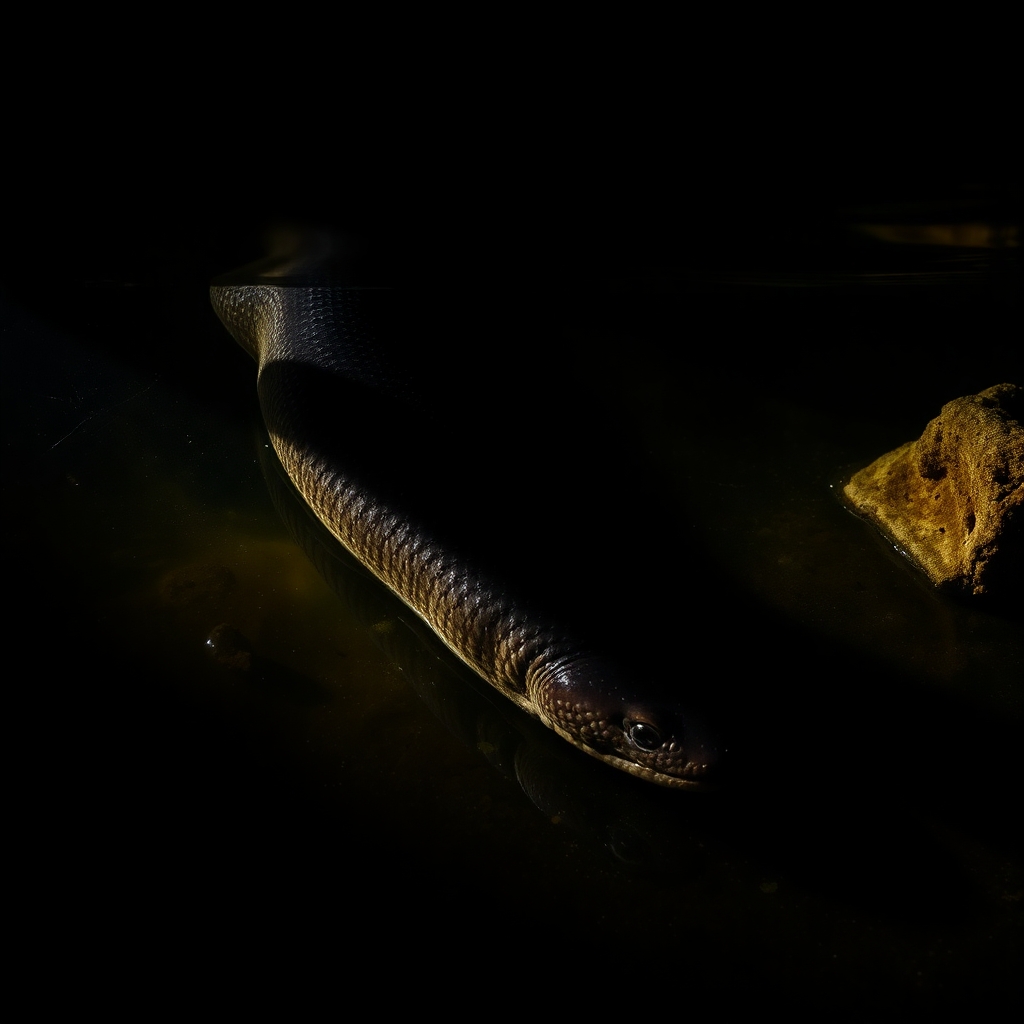
Visual Signals: The Language of Color
Cuttlefish are masters of visual communication. These intelligent sea creatures use rapid color changes and skin texture variations to convey messages to potential mates or rivals. This visual language is complex, often combining multiple cues to deliver detailed information.
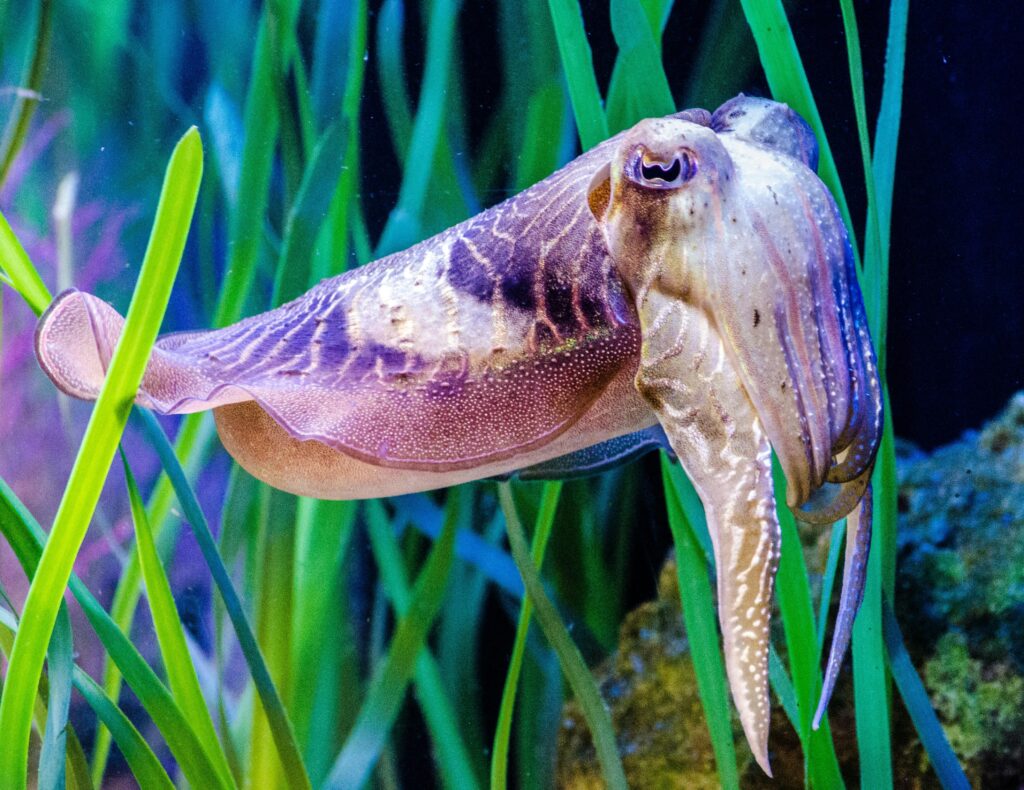
Other animals also use color to send messages. Poison dart frogs warn predators of their toxicity with bright, vibrant skin. Peacocks flaunt their dazzling plumage to attract mates, while chameleons adjust their hues to express mood or regulate body temperature.
The Role of Learning in Animal Communication
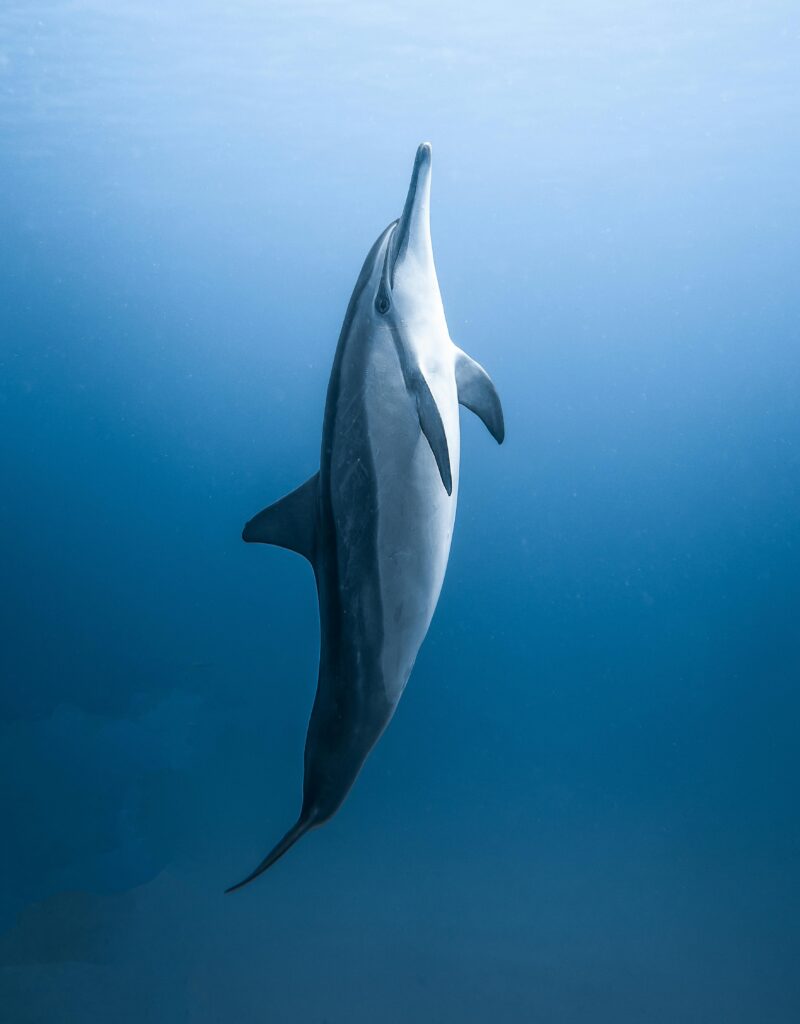
Not all animal communication is instinctual. Some species, like dolphins and certain birds, exhibit learned communication behaviors. Dolphins have been observed teaching each other new hunting techniques, passing knowledge through generations.
This kind of social learning mirrors human traditions and highlights the intelligence of animal interactions.
Why Understanding Animal Communication Matters
Imagine being able to recognize a warning call before a predator arrives or identifying stress signals in an animal population. Understanding how animals communicate can help us:
- Foster a deeper connection with wildlife
- Protect endangered species by recognizing distress signals
- Improve relationships with pets by interpreting their body language
Next time you’re outside, take a moment to truly observe nature. By appreciating the complexity of animal communication, we can become better stewards of our planet and gain a whole new respect for the creatures we share it with.
Animal communication is far more complex than we once thought. Whether through body language, scent, vibrations, colors, or learned behaviors, animals have developed sophisticated ways to interact with their surroundings. By studying their methods, we not only gain insight into the natural world but also improve our ability to live harmoniously with the creatures around us.
Get what I mean?
What’s the most surprising form of animal communication you’ve encountered? Share your thoughts in the comments!
References
- Science Daily – Latest Research on Animal Communication
- National Geographic – How Animals Communicate
